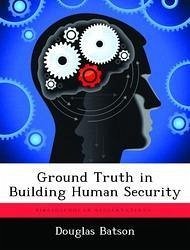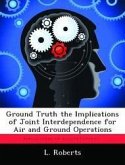During the Cold War, United Nations (UN) peacekeepers patrolled buffer zones between warring interstate parties who had signed a peace agreement and consented to the UN's "blue helmet" presence. Post-Cold War conflicts, on the other hand, have been chiefly of the intrastate variety with its attending complexities. When UN peacekeepers deploy today, they often find no uniformed enemy to contain and no peace to keep. Donning instead blue berets, as befitting their peacebuilding vice peacekeeping role, they encounter populations disillusioned with governments that have failed to protect them from 21st century internal threats to peace: political repression, organized criminal violence, and civil unrest from economic crises. Many countries and sub-national areas are fragile, with one in four people on the planet at risk from repeated violence, weak governance, and instability. These terms are admittedly vague, and offer few clues to the underlying drivers of the conflict. The thesis of this paper is that overwhelmingly, the drivers of much violence and instability in many developing countries stem from land conflict, and solutions to this age-old, ensnaring problem are achievable with structured practices and available tools that focus on land administration.
Hinweis: Dieser Artikel kann nur an eine deutsche Lieferadresse ausgeliefert werden.
Hinweis: Dieser Artikel kann nur an eine deutsche Lieferadresse ausgeliefert werden.








